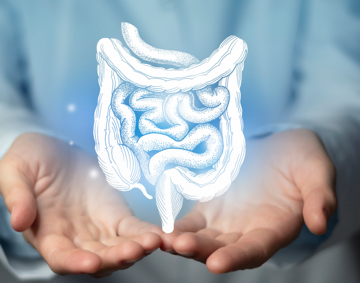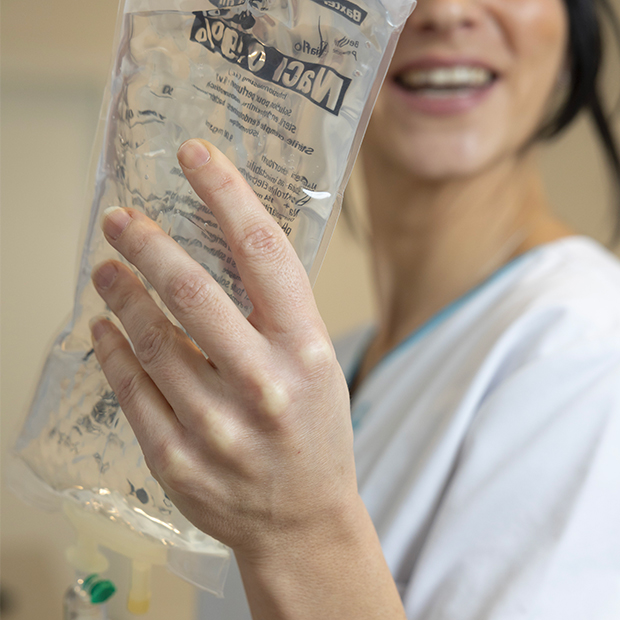
Their causes and mechanisms remain largely unknown, but the main hypothesis is that they are caused by genetically altered immunity and/or tolerance to certain microbes in the large intestine flora.
Research is therefore focusing on the role of several factors acting in synergy, including genetic factors, environmental factors, the importance of the intestinal flora and the role of immunity.
IBD mainly comprises two conditions: Crohn’s disease and ulcerative colitis (UC).

In Switzerland, it is estimated that approximately 1 in 200-250 people are affected by IBD. IBD most often develops between the ages of 20 and 30, but there is no age limit for developing it. In fact, 25% of cases are diagnosed before the age of 18, and it is possible to be diagnosed with IBD in later life.
IBD is characterised by phases of varying intensity called ‘flare-ups’, alternating with periods of remission (periods without symptoms).
Despite the frequency of these diseases, there is still no cure to date.
Although we are not yet able to cure IBD, it is usually possible to achieve long-term control of the disease and a satisfactory quality of life outside of flare-ups. If left untreated, the disease can cause problems throughout the body, such as anaemia, arthritis, abdominal pain, liver inflammation, eye inflammation and osteoporosis.
Significant research in recent years has led to a better understanding of the pathogenesis of IBD, and new treatments are regularly emerging that have a positive impact on patients’ daily lives.
We have healthcare staff specially trained in chronic inflammatory bowel disease and a network of experts to provide holistic care for our patients.
If you have any of these symptoms, it is important to find out whether you have IBD by getting diagnosed by one of our specialists.

Discovering that you have IBD can be the starting point for a better quality of life through treatment of the disease.
However, as with any chronic disease, there may be an emotional reaction. Living with IBD can be challenging.
As IBD is a chronic disease, it can impact key areas of life such as education, work, social life, relationships and family, leisure activities, diet and physical activity.
It is therefore crucial to manage IBD through a holistic approach, taking into account medication, lifestyle and dietary changes, the management of potential damage outside the digestive tract and, of course, the psychological component of living with a chronic disease.
At the Crohn’s and Colitis Centre, we personalise your treatment plan to meet your needs.
We have healthcare staff specially trained in chronic inflammatory bowel diseases and a competent network to provide holistic care for our patients.
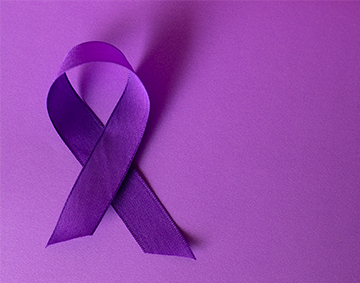
The diagnosis is based on an analysis of symptoms and specialised tests, such as colonoscopy and gastroscopy, which allow the inflammation to be visualised. Biopsies, blood tests and imaging tests (MRI, capsule endoscopy) are used to assess the extent and severity of the disease.
There is no cure for Crohn’s disease, but current treatments can prolong periods of remission. Immunosuppressive and anti-inflammatory drugs are the mainstay of treatment. In the event of complications (fistulas, stenosis), surgery may be necessary.
In Geneva, the Crohn’s and Colitis Centre at Hôpital de La Tour is a leader in the treatment of chronic inflammatory bowel diseases. It brings together specialists in gastroenterology, medical imaging, nutrition and digestive surgery. Each patient receives personalised care based on the latest therapeutic advances. The care pathway is structured to provide continuous monitoring, educational support and comprehensive follow-up, including during periods of remission. This multidisciplinary approach promotes an optimal quality of life despite the chronic nature of the disease.
*Information reviewed under the supervision of Dr Restellini
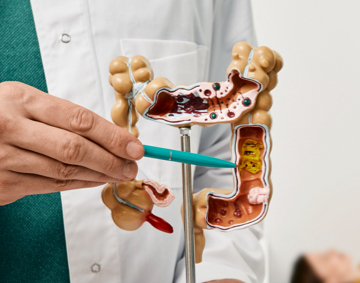

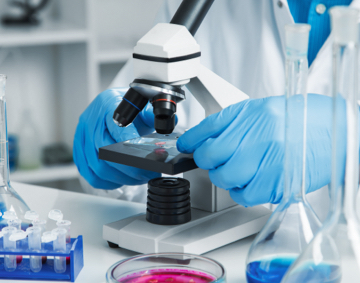

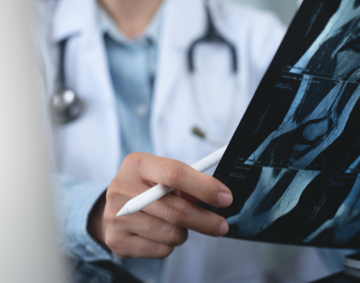
Lorem ipsum dolor sit amet, consectetur adipiscing elit. Donec id faucibus tortor, lobortis euismod justo. In sed porta nibh. Etiam at dolor mattis. Lorem ipsum dolor sit amet, consectetur adipiscing elit. Donec id faucibus tortor, lobortis euismod justo.
Gilles Genin et Braudé
L’échographie et l’IRM sont en général les modalités utilisées pour le suivi mais les imageries possibles en cas de MICI comportent:
